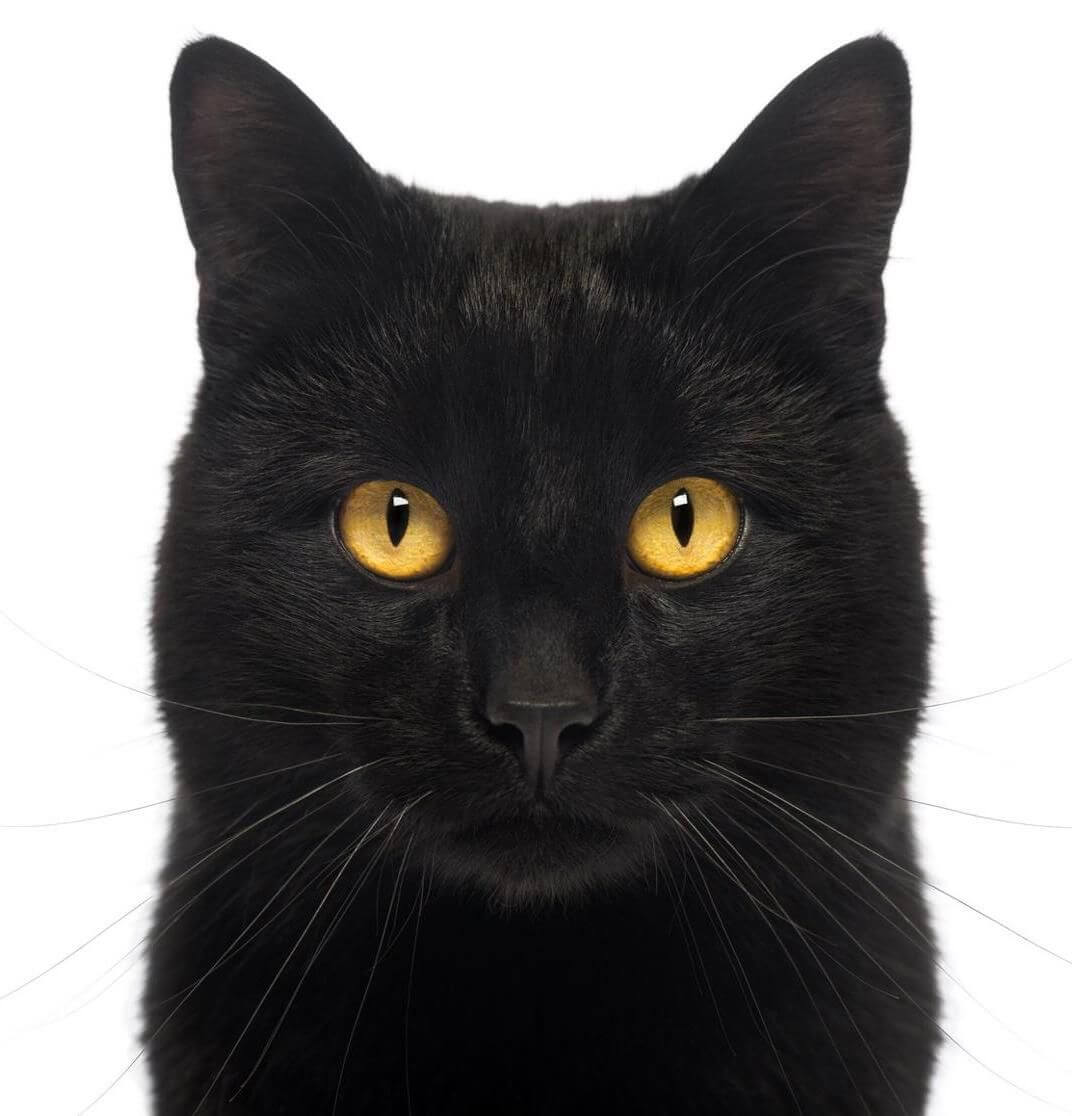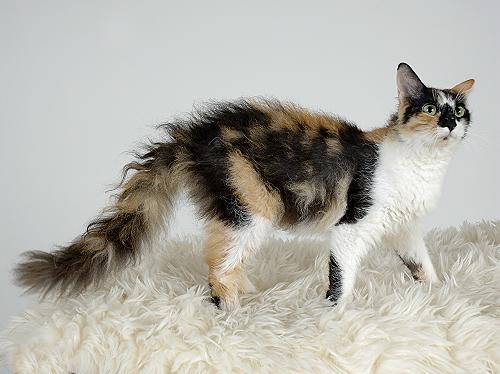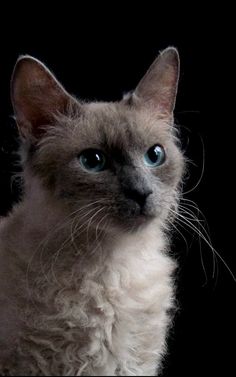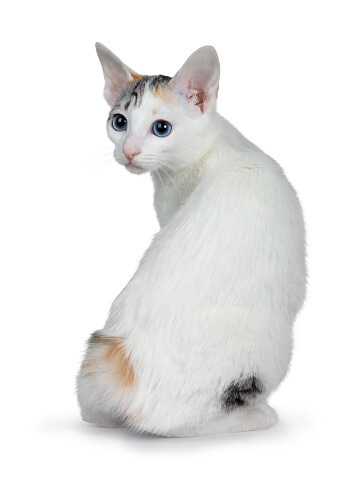Witty
RANDOM FACTS!
Get a random cat fact
Get a random cat fact
The Bombay is an easy-going, yet energetic cat. She does well in quiet apartments where she’s the center of attention as well as in lively homes with children and other pets. She’ll talk to you in a distinct voice, and you’re likely to find her in the warmest spot in your home, whether that’s in the sunlight from a window or curled up under the covers in bed with you.




Distinguished by her curly, rippled coat and people-oriented personality, the LaPerm is calm and friendly, yet at other times energetic and inquisitive. This feline thrives on attention and likes to be close to her human companions. Though curious, this breed is content to be a lap cat and close to whatever is going on. The LaPerm blossoms with a loving family.
One of the oldest cat breeds, the Japanese Bobtail is believed to bring good luck and prosperity. The two coat varieties, longhair and shorthair, are exactly the same except for coat length. This delightfully mischievous feline enjoys a good game of fetch and likes to carry things in her mouth. A healthy breed that lives an average of 15 to 18 years, the Japanese Bobtail is social and particularly good with children.

.jpg)

Even if your cat seems to prefer it, do not let him or her travel unrestrained in a car. It's distracting to the driver and in the case of an accident, a cat can become a dangerous projectile. Werber also warns to ″never, ever leave your cat alone in a parked car." Even in cooler temperatures, and even with the windows cracked, a car quickly becomes uncomfortable for a fur-wearing pet. It takes mere minutes for a cat to perish in a warm car. Leave your cat at home if you do not plan to bring him or her inside with you.
Never, ever leave your cat alone in a parked car
Today's domestic cats evolved from desert-dwelling ancestors, meaning felines don't have the same thirst-drive as dogs. They need to get most of their water from food. Something that a cat might normally eat in the wild—like a mouse—is about 70% water, while canned food is 78% water. Dry food is only 5% to 10% water on average. Give your cat access to fresh water at all time, and you may notice cats drinking more when they are eating more dry food. Elderly and nursing cats can be more prone to dehydration than others, so watch them carefully for such symptoms as sunken eyes, lethargy, and panting.
Give your cat access to fresh water at all time
When a cat loves you, he or she wants to demonstrate it, sometimes by presenting you with the results of a successful hunt. Werber suggests accepting the gifts with grace (even when sort of gross—hello, partially chewed mouse!). Your pet will also show you love by head bumping, purring, or kneading you with his or her paws. Sit back and enjoy.
Accept the gifts and head bumps, it's how they show love!